What is Architectural Lighting?
Architectural lighting is a wide range of techniques used to enhance the design and aesthetics of a structure. This type of lighting can be deployed indoors and outdoors, with several different fixture designs. Architectural lighting can utilize natural and artificial light to get the best possible results.
What is Architectural Lighting Design?
Architectural lighting design combines engineering, art, science, and psychology. It is a field of lighting design that deals with the lighting integration into a built structure. The goal of architectural lighting design is the illumination of a given space, maximization of occupant clarity, and minimization of visual discomfort.
Architectural lighting design is a cornerstone of modern lighting design. Nowadays, buildings are considered incomplete without proper well thought-out lighting. Good architectural lighting has two significant effects, accentuating your building design and improving the occupant’s mood.
Types of Architectural Lighting
Architectural lighting is not a category of lighting fixtures but a field of study in lighting design. As such, any number of lighting fixtures can be used to illuminate a building. The range and versatility of architectural lighting are only limited by one’s imagination.
Still, a few subsections of lighting design overlap with architectural lighting. The following are a few general lighting categories that can be considered types of architectural lighting.
Facade Lighting
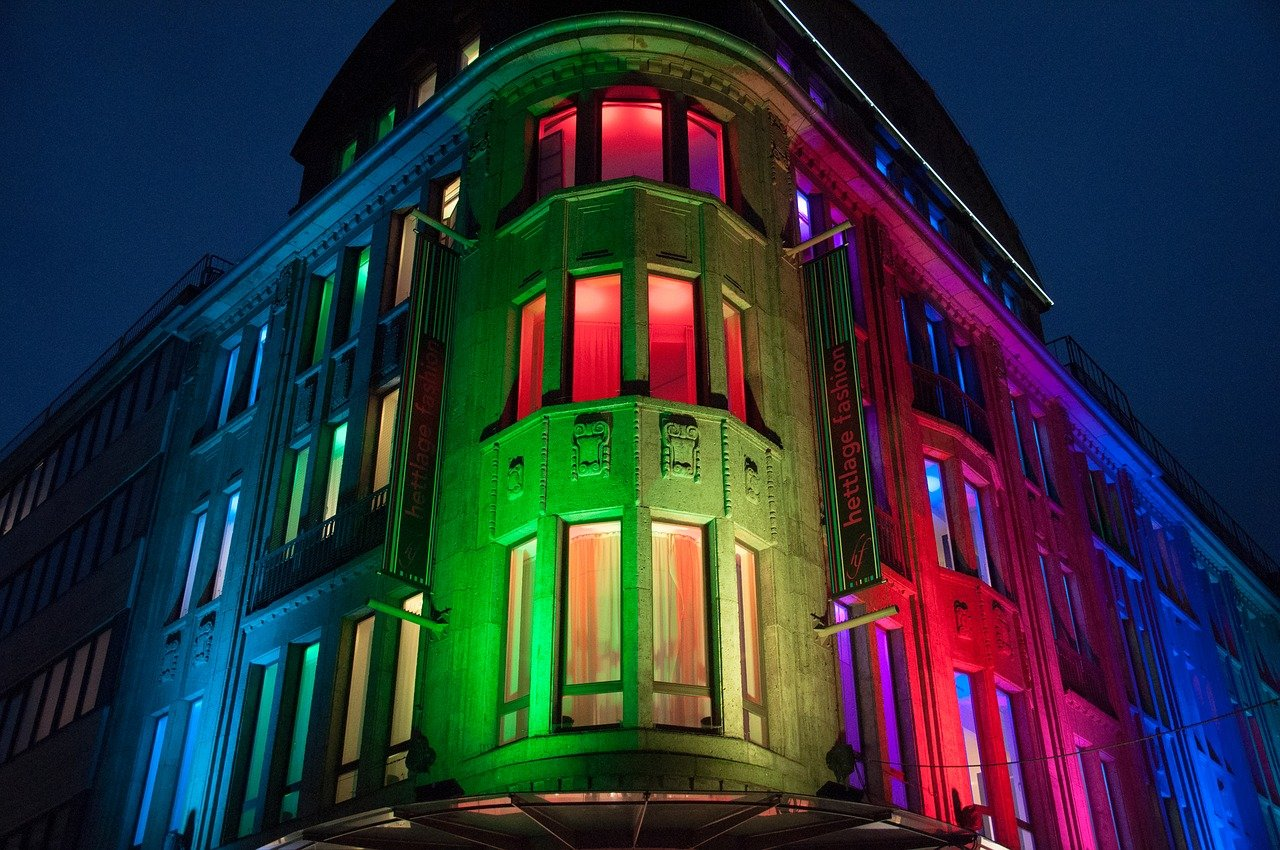
The word “facade” comes from French, meaning front or face. Facade lighting is a type of design concerned with intensifying the natural aesthetics of a building or structure by highlighting its front side.
Facade lighting is applied to the sides of the building that will be facing the public. Often the built environment is constructed so that two or more sides are viewable from a distance. Hence in facade lighting design, all outward-facing sides are considered the “front.”
You can use several lighting techniques for facade lighting of buildings. Here are a few popular lighting options.
Wall Washer
Wall washers are linear light fixtures placed next to a flat surface. These light fixtures can be installed on the floor or the ceiling of buildings. When lit up, the light from wall washers will produce a soft gradient lighting on the walls. They are flexible light fixtures used in interior and exterior lighting.
Washer light fixtures are very directional and project a very narrow light curtain. This makes them ideal for outdoor facade lighting as there will be practically zero amounts of light bleeding into the surrounding.
The directed light from wall washers will fade after a certain distance. If you have tall outer walls, you may need to consider stronger lights or fix these washer light fixtures to the top and the bottom.

Floodlights
Floodlights are a powerful tool for lighting up a large structure. They consume several hundred watts of electricity and are capable of producing an eye-searing amount of light. Floodlighting is generally reserved for commercial structures like bridges, museums, art pieces, and hotels.
Unlike washer lights, floodlights can be placed significantly from a given structure, resulting in more installation flexibility. Floodlighting has one goal and only one, to provide lots of fill light. Since light draws attention, it is a quick way to promote your business and attract customers.

Media Facade Lighting
Media facade, also known as dynamic facade lighting, uses addressable LEDs embedded into the face of a building to create the illusion of moving light. These lights can either partially or entirely cover the front of a building and act as an artificial lighting billboard.
Lighting designers have found new and innovative ways to incorporate lighting into the very design of a structure. Media facade lighting is a very difficult type of architectural lighting design. It is relatively expensive to implement and often covers up key architectural elements.
Though the results are undeniable, it is not suited to most structures.
Linear Facade Lighting
In contrast to floodlighting, linear facade lighting aims to highlight the borders of buildings. Linear facade lighting is the equivalent of lighting strips but on a much larger scale. Linear lights create a well-defined strip of light on the side of a building.
Facade lighting, such as floodlighting, covers the front of a building in a bright veil of light. And there will be some unintended light bleeding into the structure. This is not a massive cause of concern for large hotels or museums, but for residential buildings like apartments, this is an unacceptable side effect.
Linear facade lighting will highlight the critical elements of a structure without throwing bright lights into guest rooms.
Spotlights
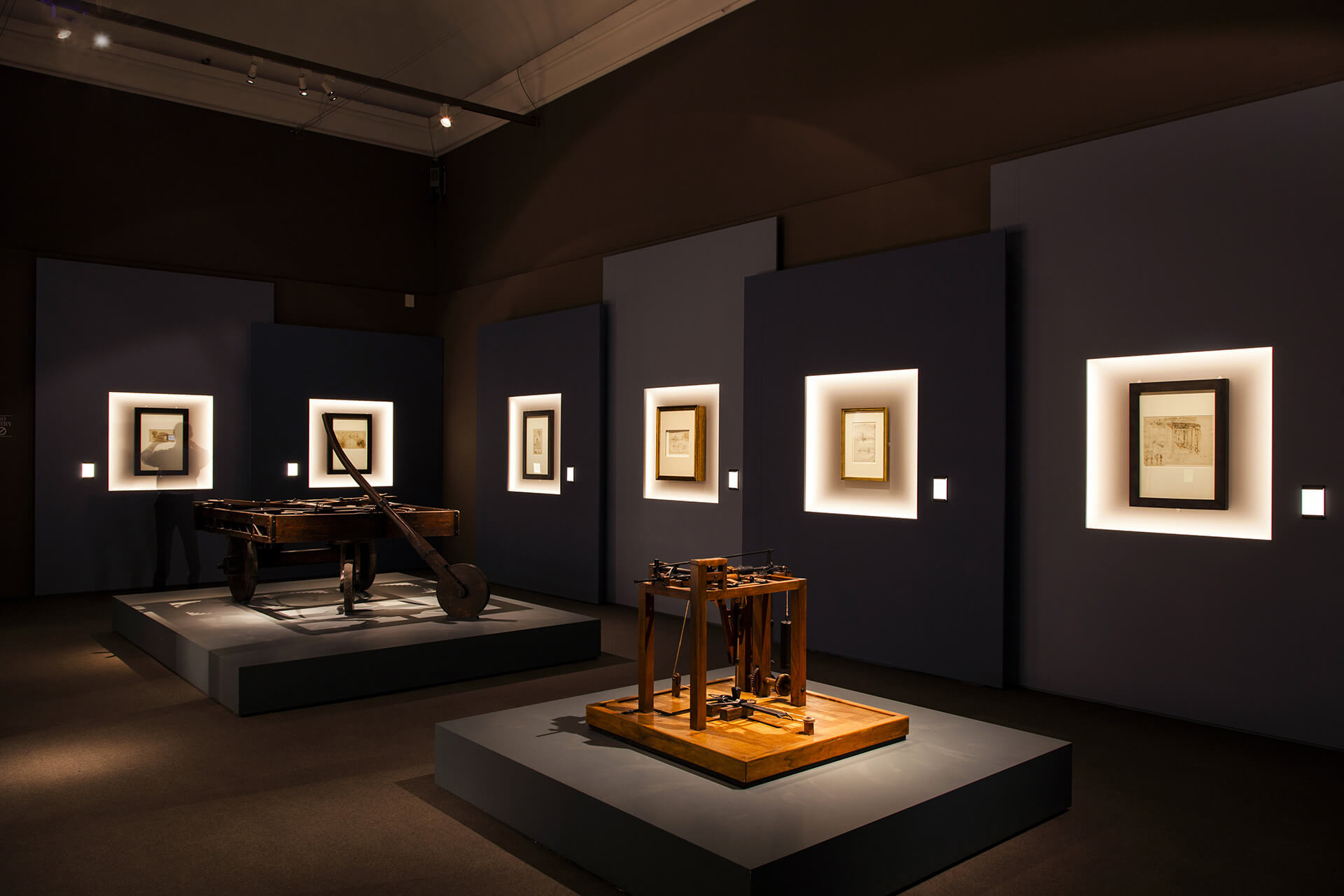
Spotlighting is a simple and easy architectural lighting design that can be deployed in nearly any situation. They are equally viable for interior and exterior lighting design. Spotlights are similar to floodlights, except they have a smaller footprint and have a more focused light beam.
Spotlights are excellent at accent lighting and are often used to illuminate artwork, highlight architectural features, or increase the visual impact of a statue. The color temperature of spotlights can have a unique effect on the subject. Cool color temperatures pull the focus of passersby and direct them towards the subject. While a warm color temperature is mostly used to give the occupants a sense of comfort and relaxation.
Spotlights are vital in creating unique visuals and accentuating the natural design. Architects focus on creating these intricate and unique buildings and structures but fail to consider their nighttime appearance. Architectural lighting designers fix this problem by providing light sources that give a new look to structures after sunset.
The Eiffel Tower is an excellent example of architectural lighting design utilizing spotlights to create a new and exciting look. Other physical structures also use spotlights for nighttime accent lighting.
Recessed Lighting
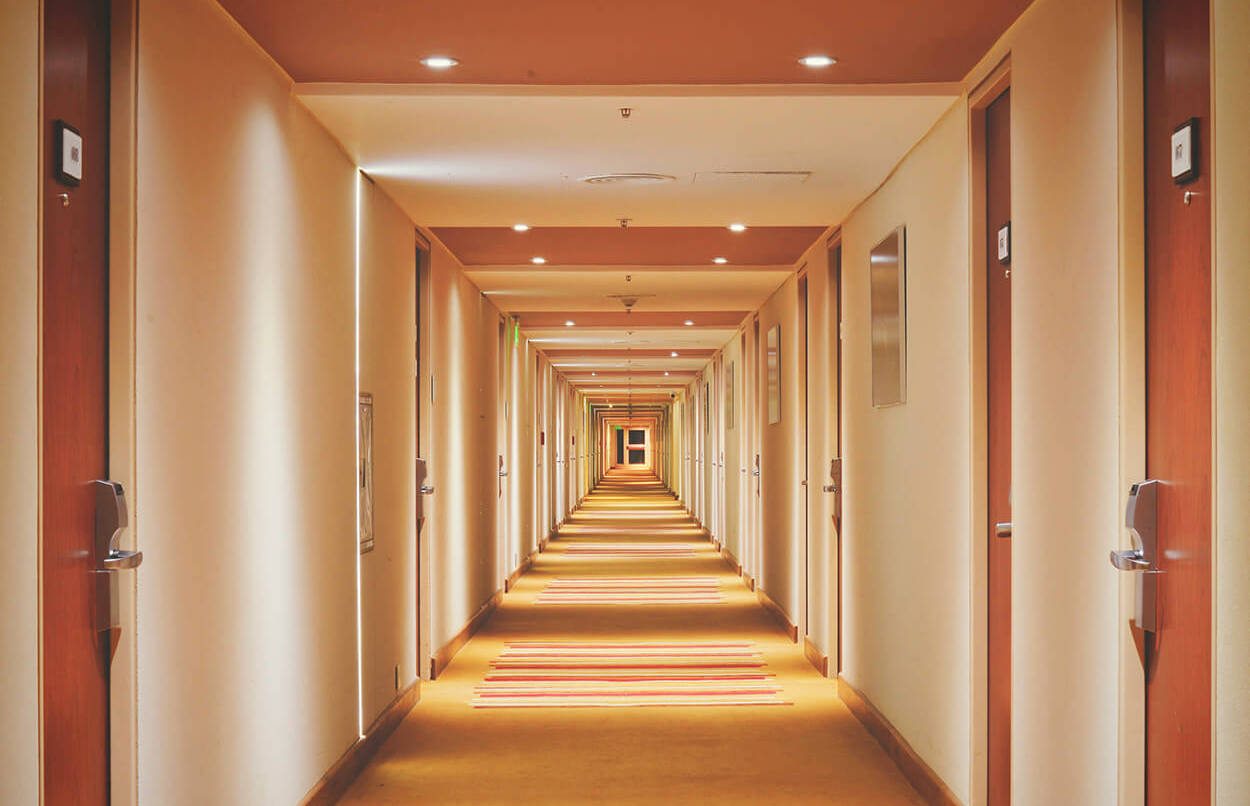
Recessed lighting is a common indoor element of architectural lighting design. Though it has some uses for outdoor deployment as well. The key benefit of using recessed lighting is the invisible look of the light fixtures.
Light fixtures come in several unique designs and can be customized to fit most aesthetics. However, for specific areas, these light fixtures are deemed inappropriate as they clash with the theme or design of a building. In such scenarios, recessed lighting is a simple way to illuminate a space while keeping the light fixtures hidden.
Recessed ceiling downlights are the most common application of this lighting design. Downlights are a simple way of adding good ambient lighting to a given space. Recessed ceiling lighting can be found in bedrooms, hallways, hotel lobbies, and garages. LED technology has resulted in a small footprint for light fixtures. recessed light fixtures, in particular, take up very little vertical space and thus are highly flexible in installation.
Recessed lighting enhances the surrounding without interfering with the building design. Wall-mounted recessed lighting is generally used for step lighting, while in-ground recessed light fixtures are common in path lighting.
Panel Lighting
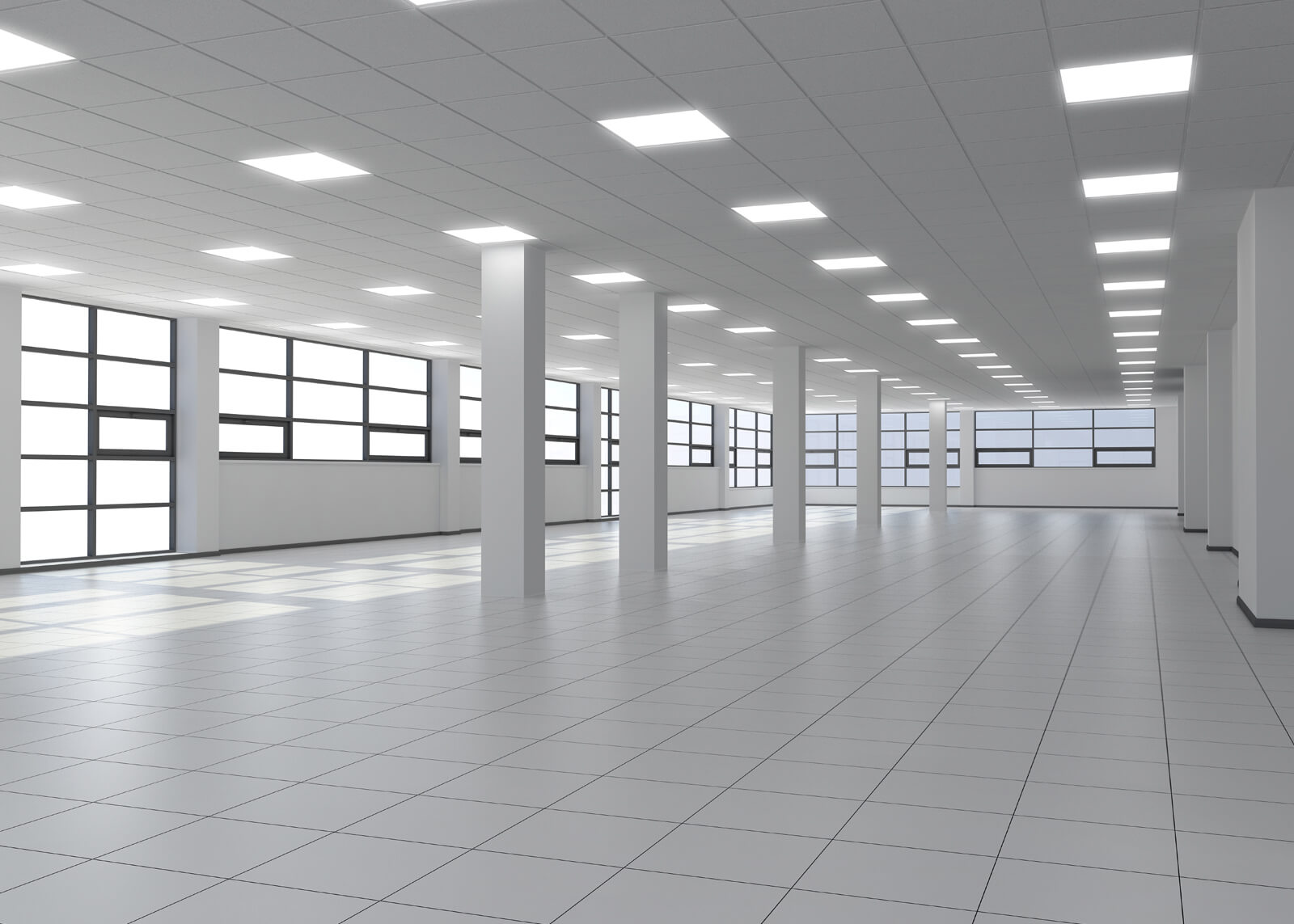
Panel lights are large light boxes commonly installed on ceilings. The goal of panel light fixtures is to provide a solid ambient light source that mimics sunlight from a window.
Panel lighting is mainly limited to indoor applications that lack direct sunlight access. Large LED lighting panels are pretty common as they help diffuse the light as much as possible. Cool LED panels are a popular choice for office and educational buildings. They create a focused, evenly lit space conducive to productivity.
For other fields, warm panel lights are preferred, as they serve human needs for warmth and comfort. Panel light fixtures should be viewed as another aspect of recessed lighting. But due to the large sizes of the LED panels, their applications are severely limited.
Wall Lighting
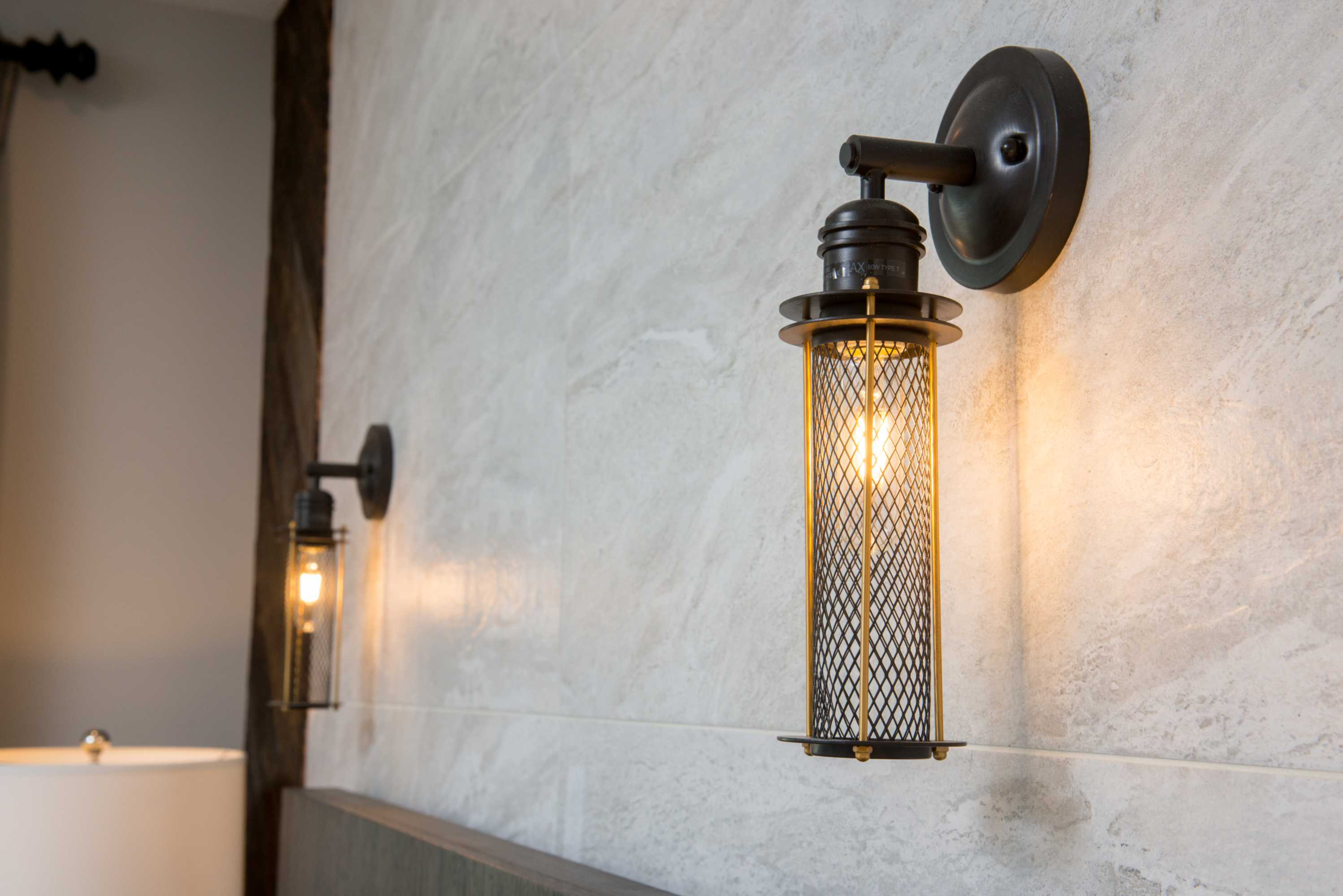
Wall lighting is a complete art form consisting of different types of light fixtures and design techniques. Walls are often treated as blank canvases, ready to be decorated. Traditional wall decorations include artworks and pictures, but modern LED lighting has resulted in a broader range of wall decor.
Sconces are a stylized outer casing for your LEDs. These unique casings are specially designed for sideways mounting. Sconces accomplish a few objectives, as stated below.
- Keeping electrical wires hidden and out of sight.
- Acting as a stylish wall ornament.
- Providing good accent lighting.
- Decorative accent pieces for doors.
Natural Light
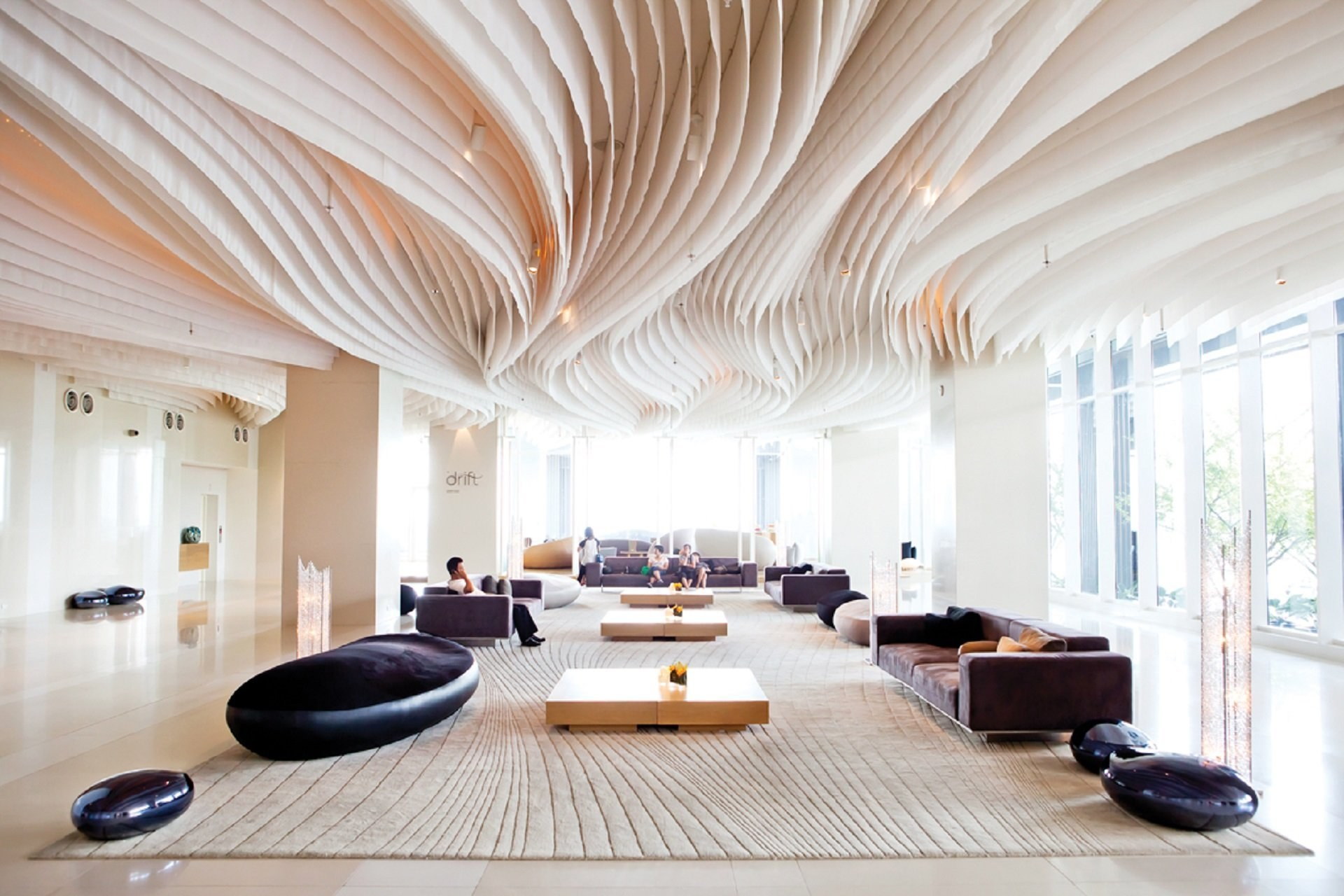
An excellent architectural lighting design should incorporate as much natural light into the structure as possible. Natural light has unique psychological and physiological effects that help elevate occupant mood and comfort.
Although artificial lighting has come a long way, it still cannot match the ambient lighting abilities of sunlight. Artificial light comes in several qualities and has a wide color temperature range. Low CRI (color rendering index) LEDs will have a slight tint to the light, resulting in slight off colors for the surrounding area. In comparison, sunlight has the highest CRI rating and allows you to see the actual color of objects.
As any good architectural lighting designer will tell you, LED lighting has a very electric light feel. No matter how high-quality the LEDs are, they will never reach the look and feel of sunlight. A good indoor architectural lighting design should balance artificial and natural lighting successfully.
Benefits of LED Architectural Lighting
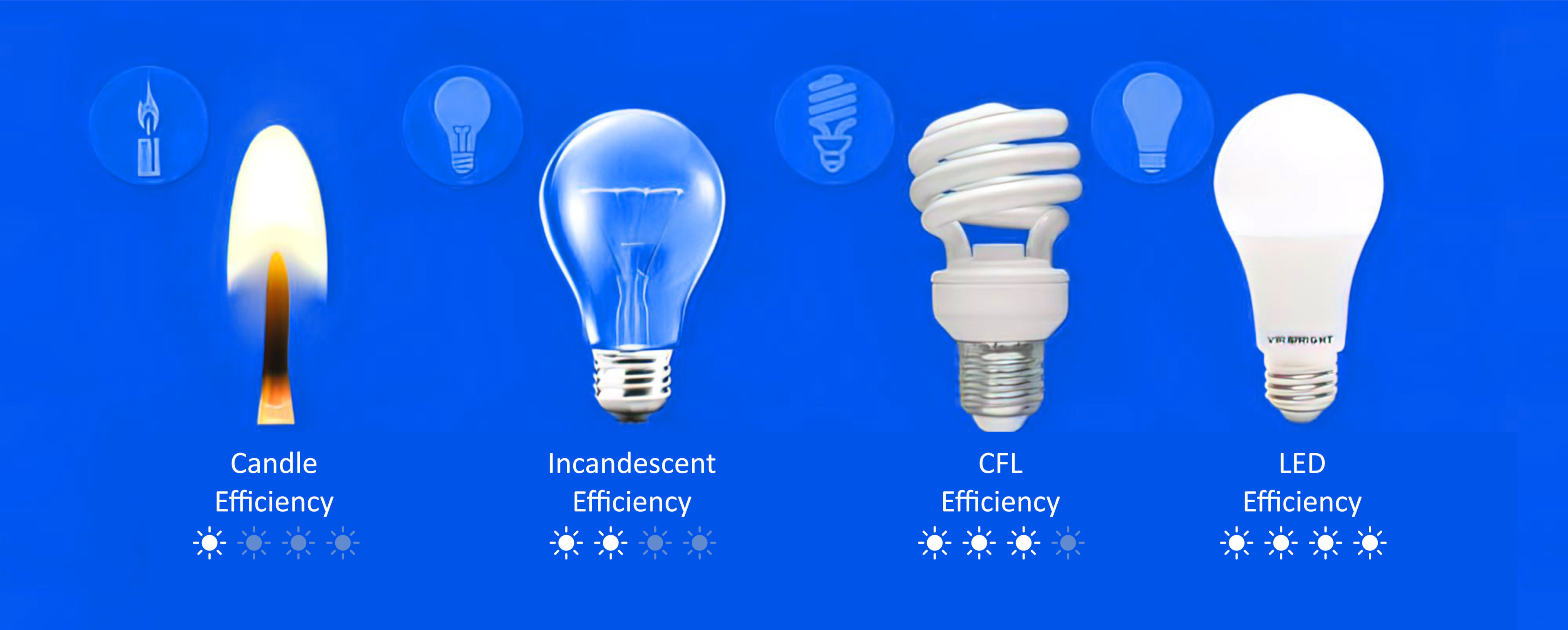
LEDs are the best light source for your architectural lighting design. They offer an insane level of customization and flexibility that cannot be matched by traditional light bulbs. Here are some key benefits of using LED lights for your architectural lighting design.
Function
LEDs are pretty function-specific tools of illumination. Each LED light fixture can be specifically designed to cater to a peculiar application. LED architectural lighting can function as direct, indirect, ambient, accent, and task lighting.
LED lights have the form and the function to match your demanding needs.
Versatility
A building typically has several different lighting solutions for any given space. Matching the demanding nature of modern architecture is no easy job. But LED light fixtures manage to keep up with these high expectations and surpass them.
LED light fixtures can be installed underground, on your roof, in your garden, and along your pathway. There is a LED light fixture available for every possible installation scenario you can think of.
Energy Efficiency
The energy consumption of LED light fixtures is significantly lower than competing fluorescent and incandescent light bulbs. LEDs balance their bright output with their energy consumption, with no wasted light and excess heat resulting from LEDs.
LED architectural lighting can have major cost savings for larger structures. The larger a building is, the more lighting it will require; in such situations, efficiency is necessary.
Visual Appeal
LED units come in several housing designs with a broader color temperature range. This versatility guarantees that there will always be LED light fixtures suited to your needs and design aesthetics.
You can get LEDs with specific brightness and beam angle specifications to bring your concept designs to life. Additionally, you can also get custom OEM housing for your lighting project.
Why Choose Architectural Lighting from R&C Lighting?
R&C lighting is an industry-leading long-term manufacturer and supplier of quality architectural lighting solutions. We offer a more comprehensive range of Indoor and Outdoor architectural lighting fixtures. R&C lighting also offers OEM services to help you get the exact designs according to your requirements.
All R&C lighting products come with our standard 5-year warranty. Take advantage of our flexible MOQs and quick turnaround times by Contacting Us Now!








